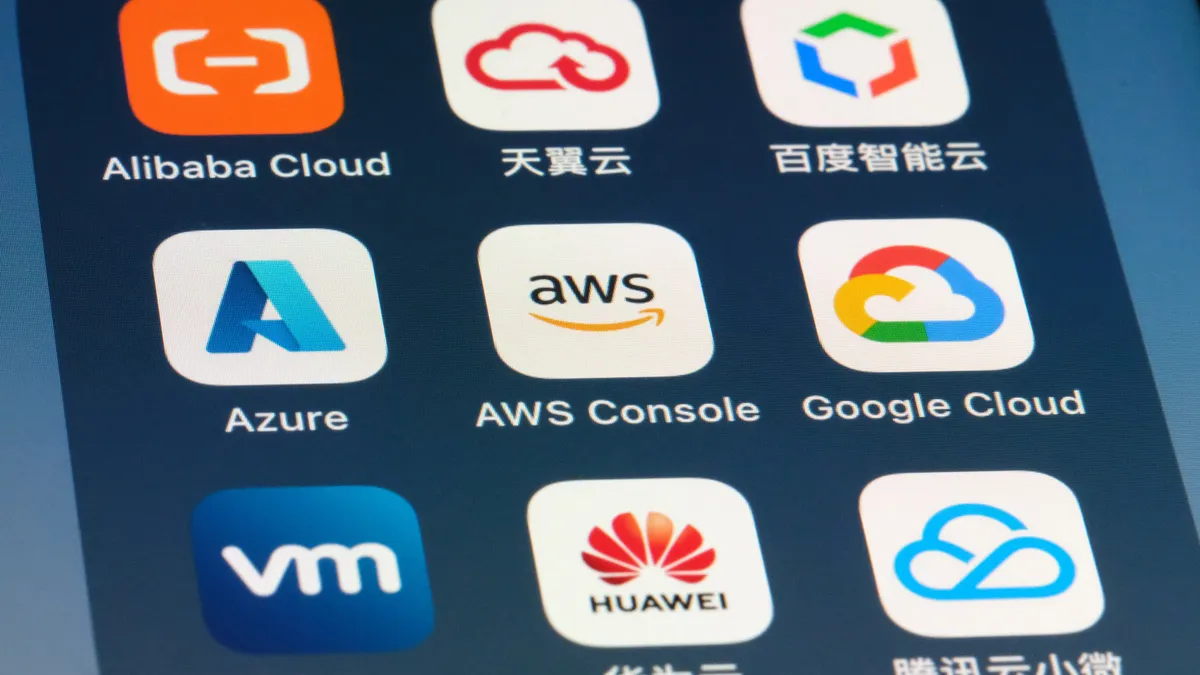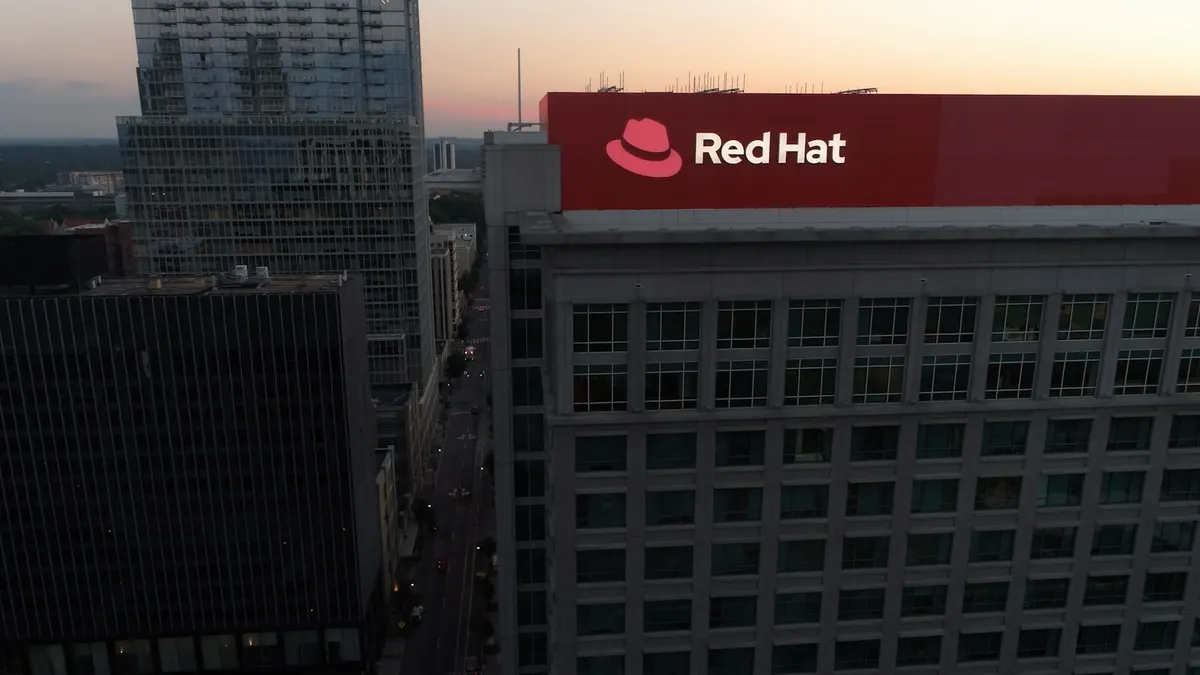Starting from scratch is often far easier, when it comes to enterprise infrastructure. But more often than not, a clean slate is impossible, leaving CIOs and other enterprise architects to contend with an archeological layer of infrastructure, while modernizing for the digital era.
Whether a government agency or a company born on the cusp of the dot-com boom, organizations are working to move to the cloud and adopt its many benefits, from increased agility to more security.
Here is what four experts had to say on why and how their organizations are moving to the cloud:
Melinda Rogers, chief information security officer at the Department of Justice
What drives a federal agency with sensitive information into the cloud? Like other organizations, it comes down to cost and flexibility. The Department of Justice, for example, is changing the way it does business moving away from its traditional model of maintaining its own infrastructure in favor of more outsourcing and managed services.
"As a federal government as a whole and also at Justice, keeping up with technology, keeping our hardware [and] software current, having a good refresh strategy in place — that's an operation challenge," said Melinda Rogers, Chief Information Security Officer at Department of Justice, speaking at the AWS Public Sector Summit in Washington. "I think that's not isolated to the federal space."
In some ways, private companies are struggling with the same issues federal agencies are: Deciding whether to outsource infrastructure or continue maintaining equipment on site. "When do you spin off commodity services potentially to those who do it best vs. keeping those operational and mission-focused items internally for your own management? It's a balance," Rogers said.
Rather than dragging feet on modernization, officials at the DOJ have the chance to ultimately influence how the agency moves to the cloud, setting expectations and priority for its infrastructure. With good cloud partners who understand business requirements and the necessary support, the department can maintain control and security while outsourcing the technical infrastructure requirements.
"At the end of the day from a department perspective, we will be able to continue to maintain our visibility in monitoring where our assets are, what the configuration status might look like, what the patch status looks like and ultimately be able to respond to incidents and manage them appropriately when they do occur," Rogers said.
David Giambruno, chief information officer of Shutterstock
"How did God create the world in seven days?" asked David Giambruno, chief information officer of Shutterstock, speaking at Interop ITX in Las Vegas. "No legacy infrastructure."
Though it's a joke, it speaks to some of the main issues CIOs face. It would be far easier to build from scratch in the cloud, but that's not always possible. Instead, companies have to ensure infrastructure remains stable so businesses can keep running.
Shutterstock is Giambruno's third stint as a transformational CIO, a role he takes on when corporate IT needs work. Shutterstock is a unique challenge, with roughly 1.7 million customers using its global platforms with audio, video or photos. The company also moves petabytes of data a month, taxing underlying infrastructure.
There are varying approaches to migrating to the cloud, whether that's lift and shift or greenfield, something he's done at Revlon and Tribune, respectively. "What I mean by greenfield, is it's not just build new apps, but build that new architecture, decide and move your things onto that," Giambruno said.
"So one of the things I always tell people is get to 90% virtualized before you start going down that path because that will tell you how things live in a virtual world," he said. "One thing I have done, once it is in cloud, it's way easier to make changes in the cloud than it is in your data centers."
Tara Hernandez, senior director of Systems and Build Engineering at Linden Lab
Linden Lab, a VR platform company specializing in supporting user generated content, has been around since 1999 with a traditional data center deployment, according to Tara Hernandez, senior director of Systems and Build Engineering at Linden Lab, speaking at Interop ITX.
Its popular product Second Life is a very active and profitable platform but it runs on a legacy data center. With the pending summer release of its new cloud-based product, Sansar Open Beta, Linden Lab is looking to develop its cloud solution and architecture while trying to retrofit its legacy data center product.
Though it would be easier to start from scratch to move Second Life to the cloud, that's not possible with the platform pulling in millions of dollars, so it needs to stay running, according to Hernandez. In some cases Linden Lab is evaluating native cloud solutions, while in other instances it makes more sense to build a custom functionality.
"Cloud vendors make it really easy to try and get fully into their infrastructure and into their environment, with the thought that once they get you, you never leave," Hernandez said. "We try to hedge our bets a little bit to make sure that if we needed to do that our infrastructure is solid enough and how it's architected, that with some work — but not too much work — we could actually lift out into a separate cloud vendor should it come available."
Chris Chiancone, chief information officer at City of Plano
Cities around the country are shifting away from traditional infrastructure in favor of cloud storage options. The city of Plano, Texas, for example, traditionally relied on physical infrastructure. But over the past year, it has been in a "transformation period," according to Plano CIO Chris Chiancone, speaking at the Amazon Web Services Public Sector Summit.
To get ready to transition Plano infrastructure onto a more virtualized environment, the city had to anticipate what kind of cloud it planned to employ. "A lot of the decisions that we made were based on the fact that we were going to integrate with AWS at some point in the future," Chiancone said.
Moving to the cloud was not solely inspired by agility. It also moved Plano away from a capital expenditures model, saving cost over time. The city is working on a 30-40-50 model, where it expects 30% productivity and 30% cost reduction in the first year, 40% for year two and 50% in the third year, according to Chiancone.
"We do that by utilizing things like lift and shift in that first year, the second year we start fine-tuning our infrastructure, the third year we start leveraging tools that are available to us at AWS," he said.
Down the line, that means the city can move forward into an environment that is more productive with contained costs and the ability to leverage technologies such as more advanced data analysis.






















